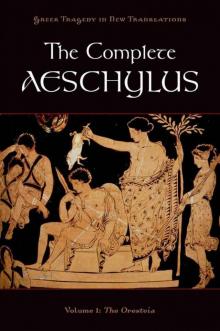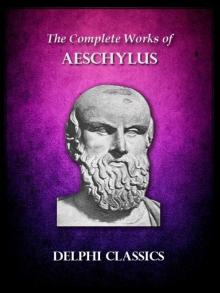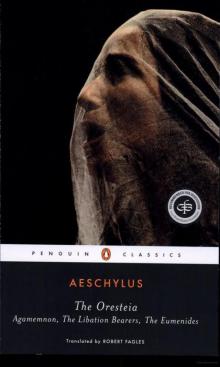 The Oresteia: Agamemnon, the Libation Bearers, the Eumenides
The Oresteia: Agamemnon, the Libation Bearers, the Eumenides The Complete Aeschylus, Volume I: The Oresteia
The Complete Aeschylus, Volume I: The Oresteia The Complete Aeschylus - Volume I: The Oresteia
The Complete Aeschylus - Volume I: The Oresteia Delphi Complete Works of Aeschylus (Illustrated) (Delphi Ancient Classics)
Delphi Complete Works of Aeschylus (Illustrated) (Delphi Ancient Classics) The Oresteia: Agamemnon, the Libation-Bearers & the Furies
The Oresteia: Agamemnon, the Libation-Bearers & the Furies An Oresteia: Agamemnon by Aiskhylos; Elektra by Sophokles; Orestes by Euripides
An Oresteia: Agamemnon by Aiskhylos; Elektra by Sophokles; Orestes by Euripides